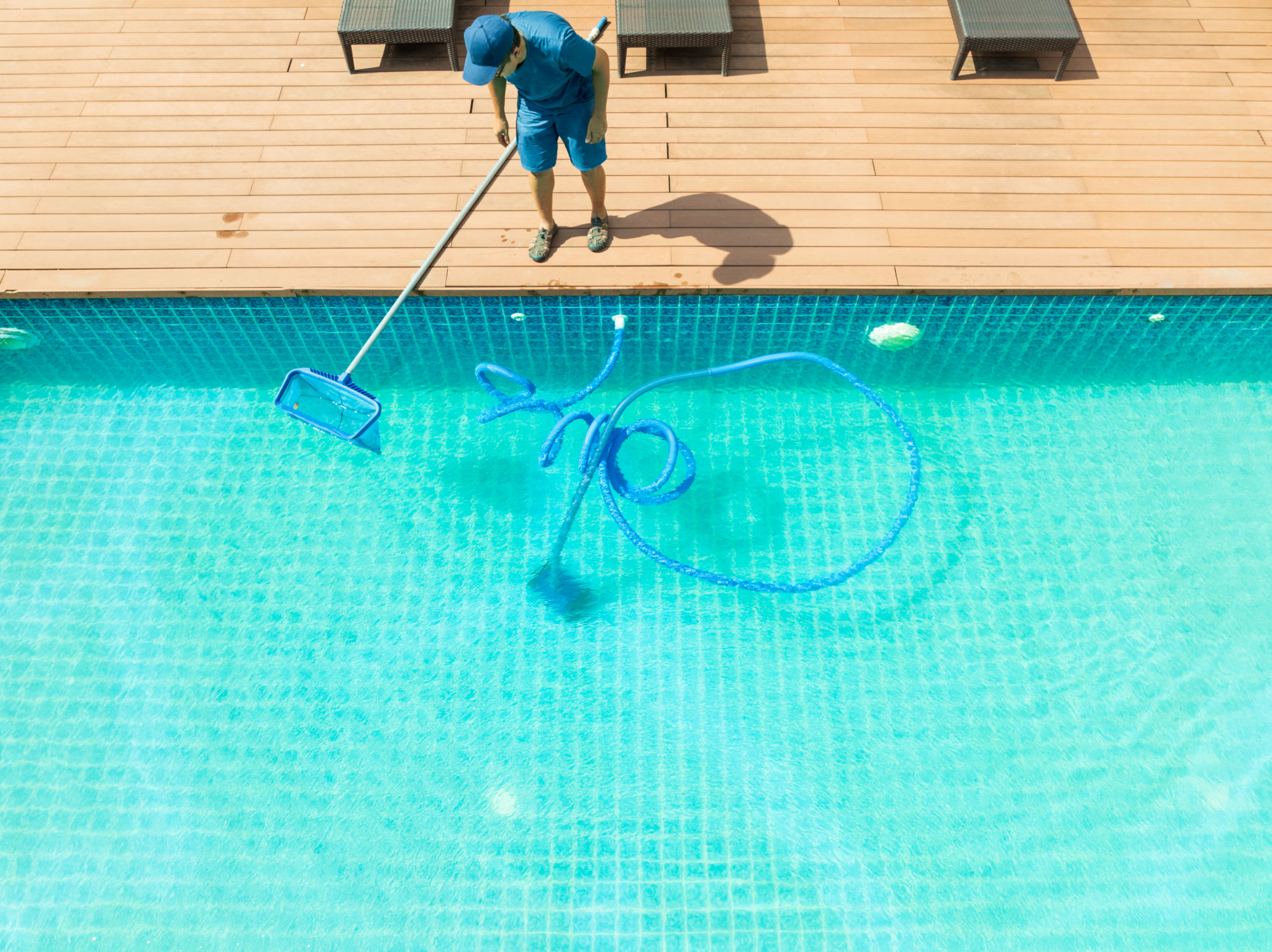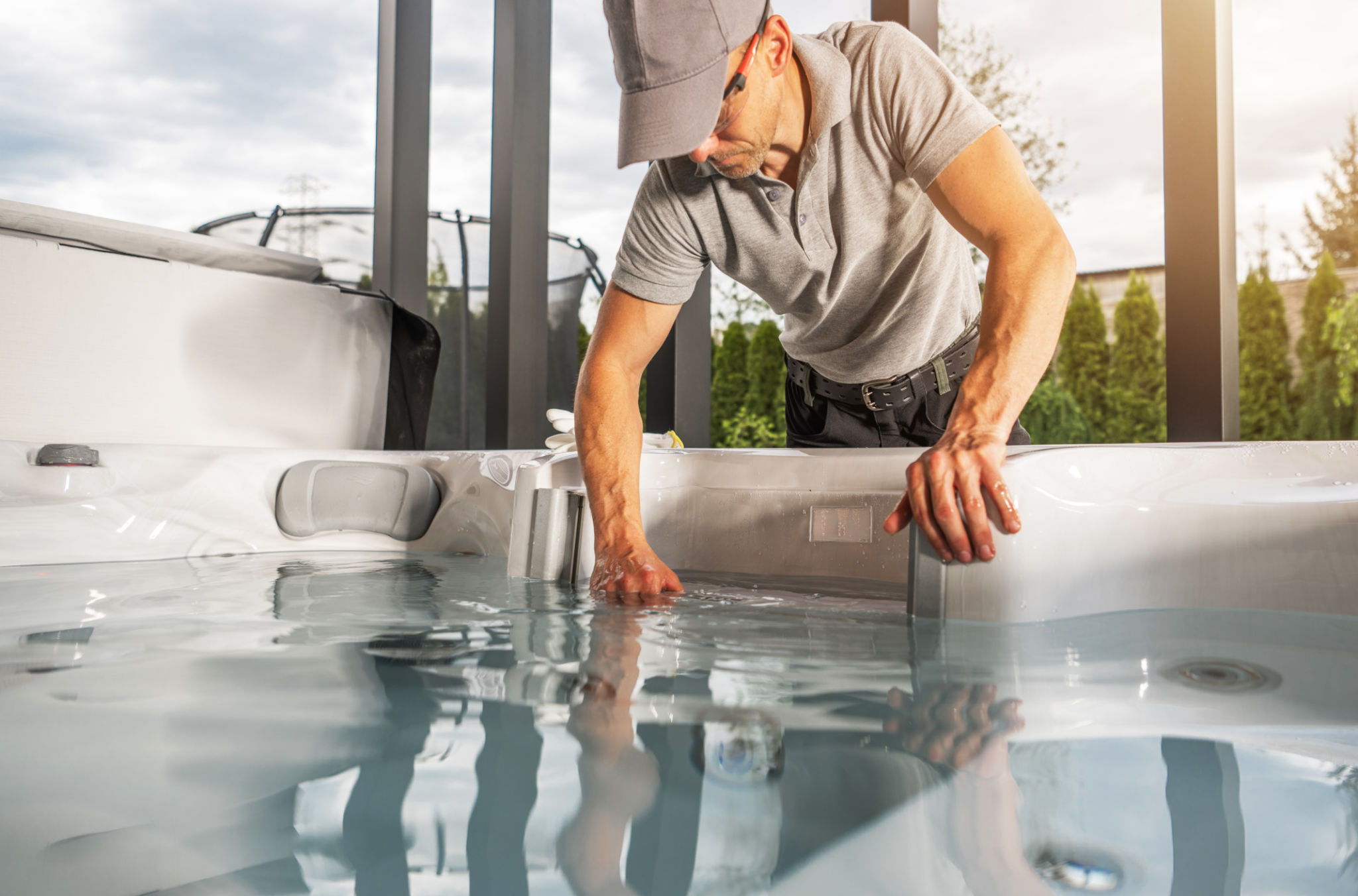DIY Pool Maintenance: Tips for Keeping Your Pool Clean and Safe
TS
Maintaining a clean and safe swimming pool is essential for ensuring a fun and healthy environment for family and friends. With a few DIY tips and regular upkeep, you can keep your pool sparkling without the need for professional services. Here are some practical strategies to help you manage pool maintenance effectively.
Regular Skimming and Scrubbing
One of the simplest yet most effective pool maintenance tasks is regular skimming. Removing debris such as leaves, insects, and other floating items prevents them from sinking and causing more significant issues later. Aim to skim the surface of your pool daily.
In addition to skimming, scrubbing the sides of your pool is crucial to prevent algae buildup. Brush the walls and tiles at least once a week using a pool brush. This simple task helps maintain the aesthetic appeal of your pool and keeps it free from slippery surfaces.

Maintain Water Levels
Ensuring your pool has the correct water level is vital for its operation. Water levels can fluctuate due to evaporation, splashing, or heavy rain. Check the water level regularly and adjust as needed, keeping it at the midpoint of your pool skimmer.
When refilling your pool, consider using a hose filter to reduce mineral deposits or contaminants. This helps maintain water quality and reduces the need for chemical adjustments later.
Balancing Pool Chemicals
Maintaining the right chemical balance in your pool is crucial for water safety and clarity. Regularly test your pool’s pH levels, alkalinity, and chlorine concentration using a reliable testing kit. Ideally, aim for a pH level between 7.2 and 7.8.
If adjustments are necessary, follow the manufacturer’s instructions on how to add chemicals safely. Proper chemical balance prevents algae growth, protects pool equipment, and ensures a pleasant swimming experience.

Filter Cleaning
Your pool filter plays an essential role in keeping your water clean by trapping dirt and debris. Depending on the type of filter you have—sand, cartridge, or diatomaceous earth—cleaning procedures will vary. Generally, filter cleaning should be done every few weeks.
A clean filter ensures efficient water circulation and prolongs the lifespan of your pool equipment. Always follow the manufacturer’s instructions for cleaning your specific filter type.
Shock Your Pool
Occasionally shocking your pool—adding a large dose of chlorine—is necessary to eliminate bacteria and contaminants that regular chlorination might miss. This process is especially important after heavy usage or a rainstorm.
Follow the guidelines for your specific pool size to determine the appropriate amount of shock treatment required. Regularly shocking your pool helps maintain water clarity and hygiene.

Winterizing Your Pool
If you live in an area with cold winters, proper winterization is essential to prevent damage to your pool and equipment. Begin by thoroughly cleaning your pool and balancing the chemicals before closing it.
Lower the water level below skimmer height, drain all pool equipment, and cover your pool securely with a winter cover. These steps protect your investment during the colder months and make reopening in the spring much easier.
By following these DIY pool maintenance tips, you can enjoy a clean, safe swimming environment all season long. Regular attention to these tasks will not only enhance your swimming experience but also extend the life of your pool equipment.